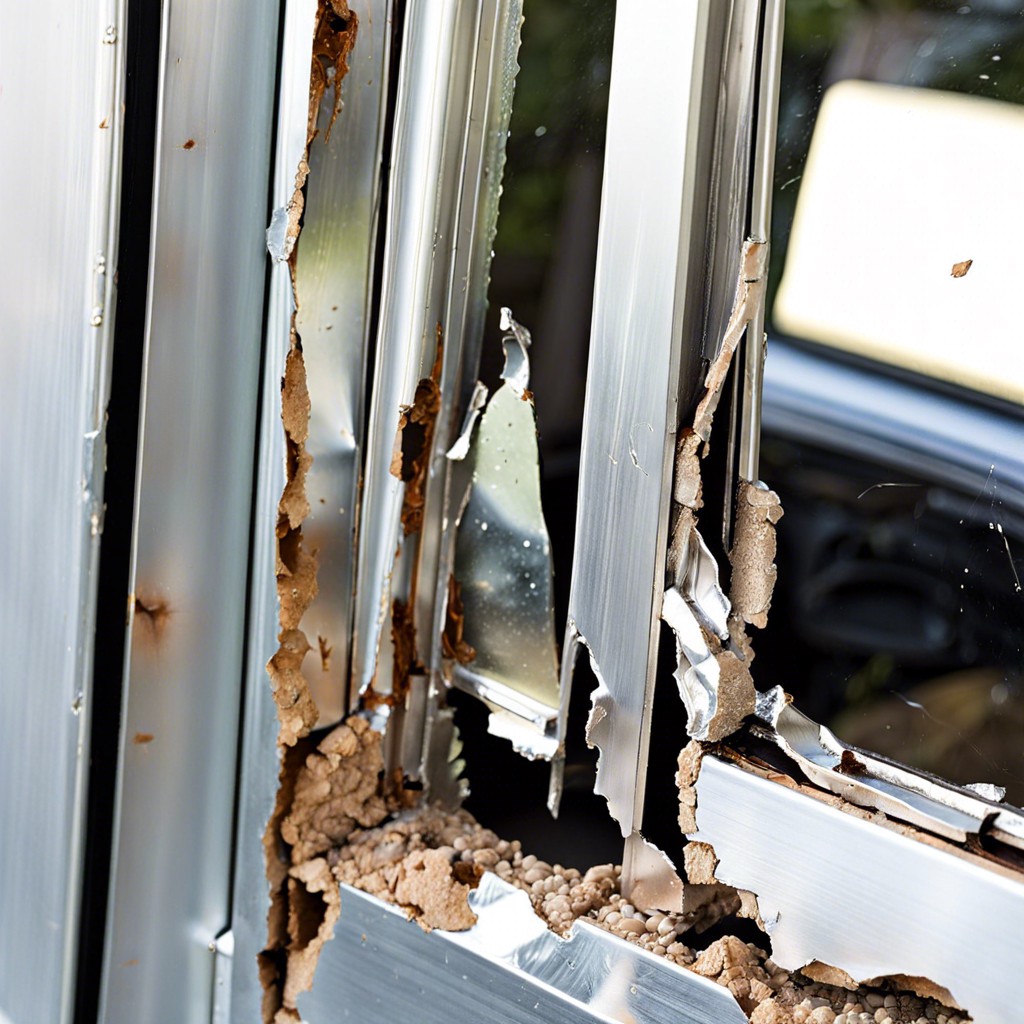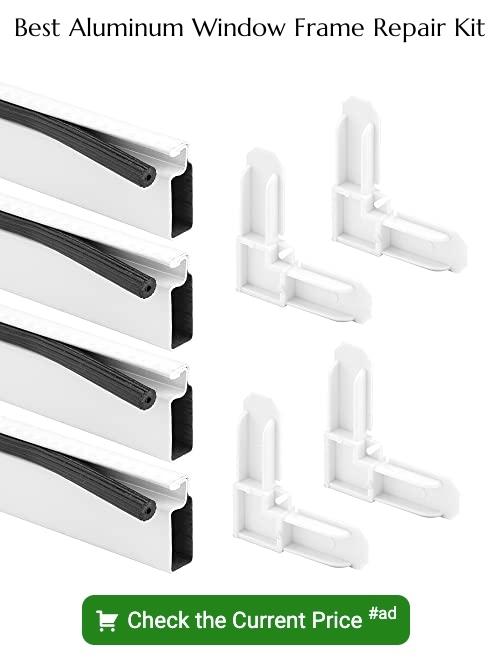Learn how to repair an aluminum window frame effectively with these practical steps.
Key takeaways:
- Thoroughly assess your aluminum window frame for damage.
- Gather the necessary tools and materials for the repair.
- Follow a step-by-step guide for repairing the frame.
- Replace worn or damaged weather seals and weather-stripping.
- Regularly inspect and maintain your aluminum windows for optimal performance.
Assessment of Aluminium Window Damage

Inspect your aluminum window frame carefully for signs of physical damage such as bends, cracks, or splits. Pay attention to areas where the frame meets the glass, a common site for issues to arise. Surface corrosion should also be checked, particularly in older frames, as it can compromise the structural integrity and aesthetics of the window. Not every imperfection means a complete overhaul; sometimes small fixes can do the trick. Assessing these elements thoroughly will help guide the repair process, ensuring effective and lasting results.
Tools and Materials Needed for Aluminium Window Repair
Before diving into your repair, gather the right tools and materials to ensure a smooth process. You’ll need:
- Screwdriver: Vital for removing or tightening screws that hold window frames or hardware in place.
- Silicone lubricant: Helps in loosening stuck windows and ensures smooth operation post-repair.
- Putty knife: Useful for scraping off old sealant and applying new caulking.
- Aluminium epoxy filler: Ideal for filling in holes or cracks in the frame.
- Sandpaper (fine-grit): For smoothing out the surface after filling it with epoxy.
- Caulking gun and silicone sealant: Essential for sealing joints and preventing water leakage.
- Clean cloth and rubbing alcohol: For cleaning the surface before applying new sealant or paint.
Each of these tools plays a crucial role in ensuring that your repair job is efficient and lasts. A poorly equipped repair can lead to more frequent maintenance issues down the line.
Step-by-Step Aluminium Window Repair Guide
Begin by cleaning the damaged area thoroughly to remove dirt and debris which could interfere with the repair. Use a small wire brush or sandpaper to gently scrub the frame surface.
Next, straighten any bent sections of the frame using pliers. Be gentle to avoid additional damage. For small cracks or breaks, apply a high-quality metal epoxy. Make sure the epoxy is suitable for aluminum and follow the manufacturer’s instructions closely. Apply it evenly and allow it to cure as directed, usually for at least 24 hours.
For larger damage, you might need to replace a section of the frame. Measure the damaged area and cut a piece of aluminum sheet to fit. Use rivets or screws to secure the new piece in place, ensuring it’s flush with the rest of the frame.
Once repairs are done, apply a layer of metal primer and paint to protect the frame and help it blend with the existing window framework. Allow each coat to dry thoroughly before applying the next.
Repairing Aluminium Window Seals and Weather-Stripping
Weather seals and stripping around aluminum windows play a critical role in maintaining your home’s temperature and preventing drafts. Over time, these can become worn or damaged, leading to energy inefficiency and increased utility costs. Fortunately, replacing them is both cost-effective and straightforward.
Start by carefully removing the old weather-stripping. Pay attention to how it was installed, as this will guide you when fitting the new material. Clean the frame thoroughly to remove any dirt or residue that might hinder adhesion.
Choose a replacement that matches the width and thickness of the original to ensure a tight fit. Foam and rubber are popular choices due to their flexibility and durability. Cut the new stripping to length, and press it firmly into the channel or use the adhesive backing to stick it in place.
For a successful update, avoid stretching the material during installation. This can create gaps that let air seep through. After installation, check around the window with your hand for any drafts to confirm a successful seal. Regular checks and maintenance can significantly extend the life of your window seals, contributing to a more comfortable home environment.
Routine Inspection and Care for Aluminum Windows
Regular maintenance extends the lifespan of aluminum windows and enhances their performance. Visually inspect frames and joints at least twice a year for signs of wear or damage. Keep tracks free of dirt and debris to prevent sticking problems. Lubricate moving parts with a silicone-based lubricant to ensure smooth operation. Check for and reapply caulk as needed to keep seals tight and prevent water ingress. By adhering to a consistent care schedule, you’ll keep those windows looking and functioning like new.
Related Stories
- Aluminum Window Restoration: Step-by-Step Guide for Easy Repair
- Aluminum Window Frame Cleaner: Simple Guide to Achieve Spotless Windows
- 15 Repair Aluminum Window Ideas to Enhance Your Home
- Painting Anodized Aluminum Window Frames: Step by Step How-To Guide
- 15 Ideas for Sliding Aluminum Window Repair
Recap

